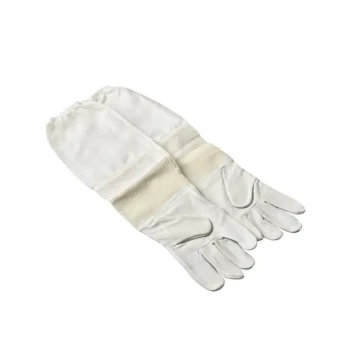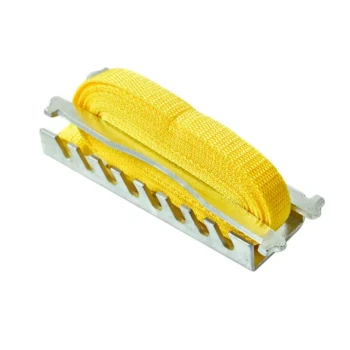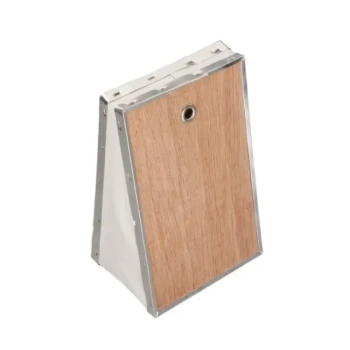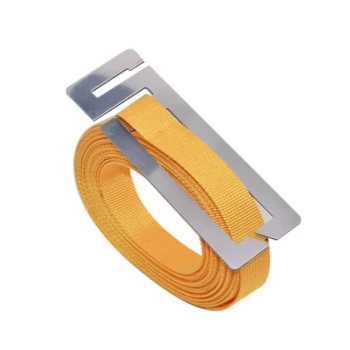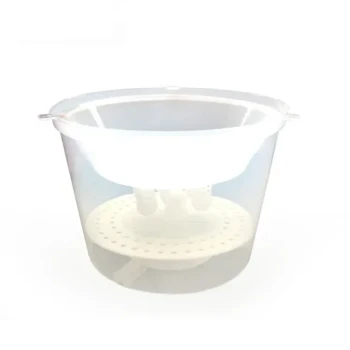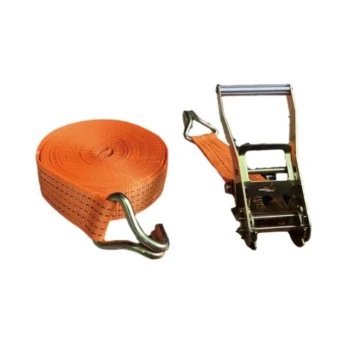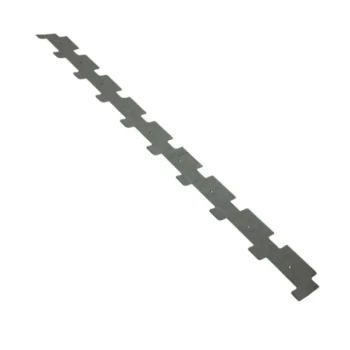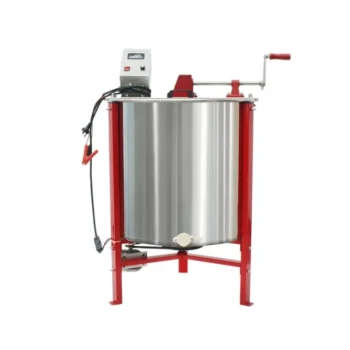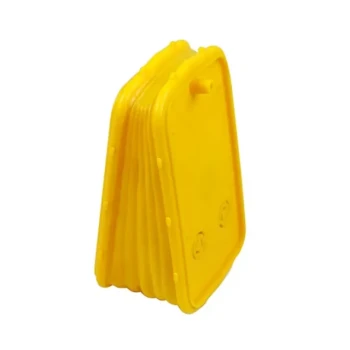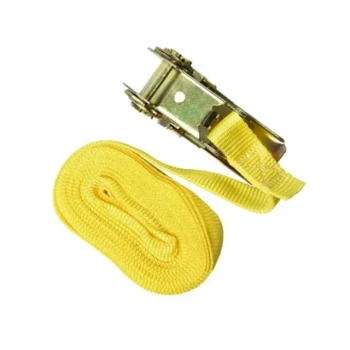The primary trade-off with leather beekeeping gloves is protection versus dexterity. Leather, particularly goatskin, offers the highest level of sting protection and durability available. However, this robust barrier comes at the cost of being heavier, hotter, and significantly reducing your ability to feel and manipulate small objects within the hive.
The core decision when choosing leather gloves is not about whether they are "good" or "bad," but about which you value more for your specific needs: the near-impenetrable security of thick material or the sensitive touch required for delicate hive work.
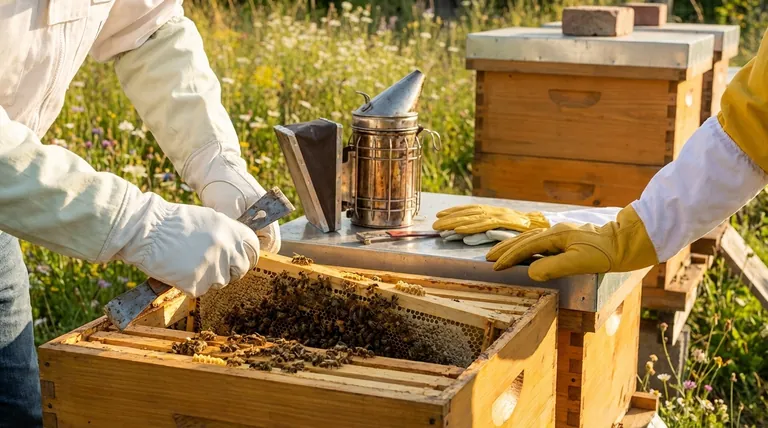
The Case for Leather: Unparalleled Protection
For beekeepers who prioritize safety, especially those who are new or working with aggressive hives, leather is the industry standard for good reason. Its inherent toughness provides a physical barrier that bee stingers struggle to penetrate.
Superior Sting Resistance
Goatskin leather is widely considered the gold standard for sting-proof performance. Its dense fiber structure provides maximum resistance, giving beekeepers confidence that their hands are exceptionally well-protected.
Durability and Grip
Beyond stings, leather gloves protect your hands from the rough realities of beekeeping, such as wood splinters from frames and hive bodies. The material is built to last for many seasons with proper care and offers a reliable grip on tools and equipment.
Full-Coverage Design
Most beekeeping gloves are designed to protect more than just the hands. They typically feature long sleeves extending to the elbow, with an elastic cuff to create a secure seal that prevents bees from crawling inside.
Understanding the Trade-offs: The Downsides of Leather
While leather excels at protection, its advantages create clear disadvantages in other areas. Understanding these limitations is critical to avoid frustration.
Reduced Dexterity and Sensitivity
This is the most significant drawback. The same thickness that stops stings also prevents you from feeling what you are doing. Delicate tasks like marking a queen or inspecting individual brood cells can become clumsy and difficult.
Heat and Comfort
Leather is not breathable. In hot weather, these gloves can become uncomfortably warm and sweaty. They are also inherently heavier and stiffer than alternatives, which can lead to hand fatigue during long hive inspections.
Maintenance and Care
To remain effective and last for years, leather gloves require upkeep. They need to be cleaned regularly and occasionally conditioned to prevent the leather from drying out and cracking, which would compromise their protective qualities.
The Critical Importance of a Proper Fit
Regardless of the material, the effectiveness of any beekeeping glove is heavily dependent on how well it fits your hand.
Snug, But Not Tight
Your gloves should be snug enough that they don't slide around, which would further reduce dexterity. However, they should not be so tight that they restrict circulation or stretch the material, potentially making it easier for stingers to penetrate.
Ensuring Full Coverage
A proper fit means the gloves and their sleeves completely cover your hands and wrists, with the elastic cuff creating a secure overlap with your bee suit or jacket. This eliminates any gaps for curious bees to explore.
Making the Right Choice for Your Needs
Your choice of glove should be a deliberate decision based on your beekeeping style, experience level, and the temperament of your bees.
- If your primary focus is maximum protection and confidence: Goatskin leather gloves are the definitive choice, especially if you are a beginner or manage defensive colonies.
- If your primary focus is dexterity and a better "feel" for the hive: Experienced beekeepers sometimes opt for thinner alternatives like nitrile gloves, but this requires accepting a significantly higher risk of stings.
- If you are looking for a practical balance: A well-fitted, high-quality pair of leather gloves offers the best combination of safety and function for the vast majority of beekeepers.
Ultimately, the right glove is the one that allows you to work calmly and confidently with your bees.
Summary Table:
| Aspect | Pros (Advantages) | Cons (Disadvantages) |
|---|---|---|
| Protection | Superior sting resistance (esp. goatskin) | N/A |
| Durability | Long-lasting, protects from splinters | Requires regular maintenance/conditioning |
| Dexterity | N/A | Reduced sensitivity, clumsy for delicate tasks |
| Comfort | Reliable grip | Heavy, stiff, hot, and not breathable |
Equip your commercial apiary or distribution business with the right protection.
At HONESTBEE, we understand that the choice between maximum protection and optimal dexterity is crucial for productivity and safety. We supply durable, high-performance goatskin leather beekeeping gloves and other essential equipment designed for the demands of commercial beekeeping and wholesale distribution.
Let us help you make the best choice for your operation. Our experts can guide you to the gear that balances safety and efficiency for your specific needs.
Contact HONESTBEE today for wholesale inquiries and expert advice on beekeeping supplies.
Visual Guide
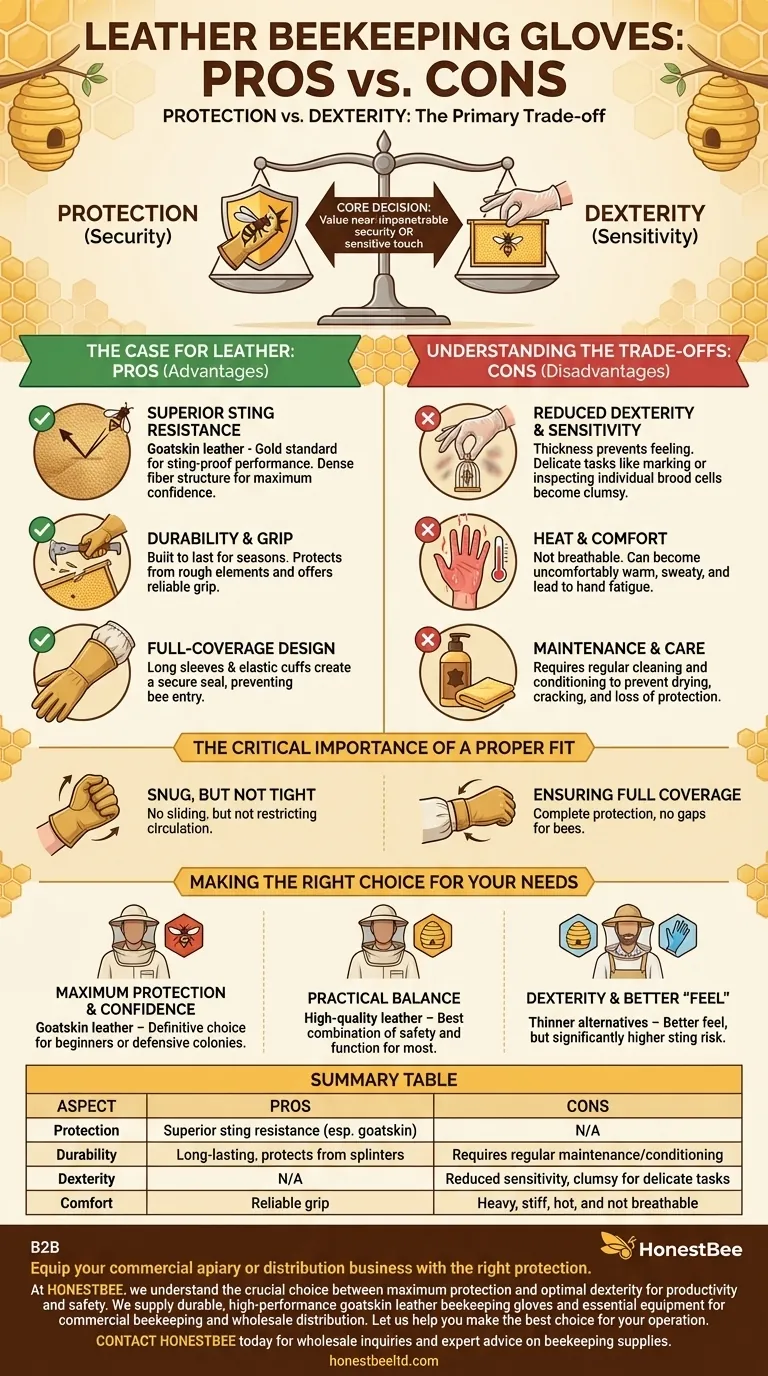
Related Products
- Beekeeping Gloves Goatskin Leather with Long Cotton Sleeve for Beekeepers
- Goat Skin Leather Bee Sting Proof Beekeeping Gloves with Canvas Sleeve
- Goatskin Leather Beekeeper Gloves with Vent Long Sleeve for Beekeeping Honey Bee Sting Proof Protection
- Mesh Ventilated 3 Layer Goatskin Beekeepers Gloves for Beekeeping
- Professional Galvanized Hive Strap with Secure Locking Buckle for Beekeeping
People Also Ask
- What factors should be considered when choosing the most sting-resistant beekeeping gloves? Balance Protection & Dexterity
- Why is it important to have gloves available even if not always worn? Essential Risk Management for Beekeepers
- What are the benefits of properly cleaning and storing beekeeping gloves? Protect Your Bees, Safety & Investment
- What should be considered when choosing the right beekeeping gloves? Balancing Protection & Dexterity
- What are the characteristics of beekeeping gloves? Balancing Sting Protection with Dexterity


